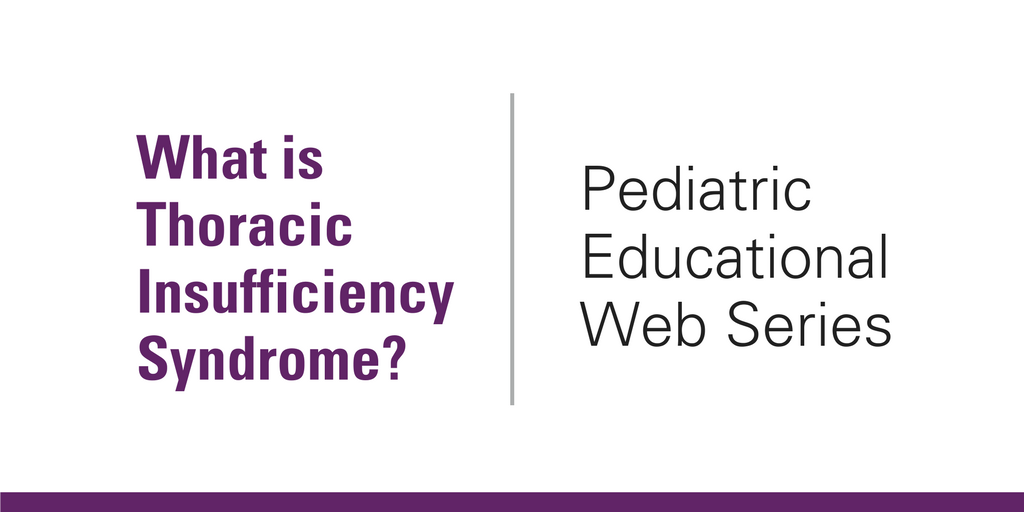
Dr. Greg Mundis, pediatric spine surgeon from Rady Children’s Hospital in San Diego, CA, discusses the risks that occur with severely progressive Early Onset Scoliosis (EOS), including Thoracic Insufficiency Syndrome. EOS is defined as a curvature of the spine greater than 10 degrees in children from birth to 10 years old.
To view the full transcript, see below:
JACKIE: Tell me about your concerns with thoracic insufficiency syndrome, which I know is a major concern in this patient population due to the rib cage deformities that can develop?
GREG MUNDIS: It has a lot to do with lung development. So the, the way the spine develops definitely impacts the chest cage, and, and therefore also impacts the functional unit of the lung and the alveoli, and if we don’t provide an environment that is conducive to the alveoli growing in number, and the chest growing in size, you’re putting that child at an extreme disadvantage. And when that happens at an early age, they simply can’t develop right.
JACKIE: And when does a normal kid reach full kind of pulmonary development?
MUNDIS: Usually by the age of 8 is when you’ll see kids have, like, all of the alveoli they’re gonna have, or that their chest height has grown substantially to, comparative to an adult’s at that point. So a lot of the development happens, you know, prior to that timeframe. So we want to provide an environment for the spine to be able to thrive, not necessarily after the age of 8 but as they’re sort of approaching that age so that they can have more of that normal lung development.
JACKIE: Right. And is there a critical point in their development where you kind of need to get them to a certain level of thoracic cage height or volume to really see the long-term outcomes?
DR. GREG MUNDIS: Yeah. So right now, sort of the best data we have is this goal of 22 centimeters of chest height, so T1 and T12 height. Once we reach that, we all you know, we all breathe a little bit easier, ’cause then we know at least that we’ve put their lungs in a position to succeed. So if the spine’s not growing normal, or if it’s growing crooked or in a twisted fashion, there can be a stunting of the actual chest cage. And as that happens, normal lung development can be impaired. So where normal lung might develop and the alveoli or the functional units of the lung may develop normally, they, in, in someone that does not have a scoliosis, someone that does is at risk for having fewer numbers of those alveoli form, as well as some that are not functional. And so there’s a significant alteration in the actual function of the lung as a result of the scoliosis. And so to be able to help these kids avoid that is the best thing we can do.